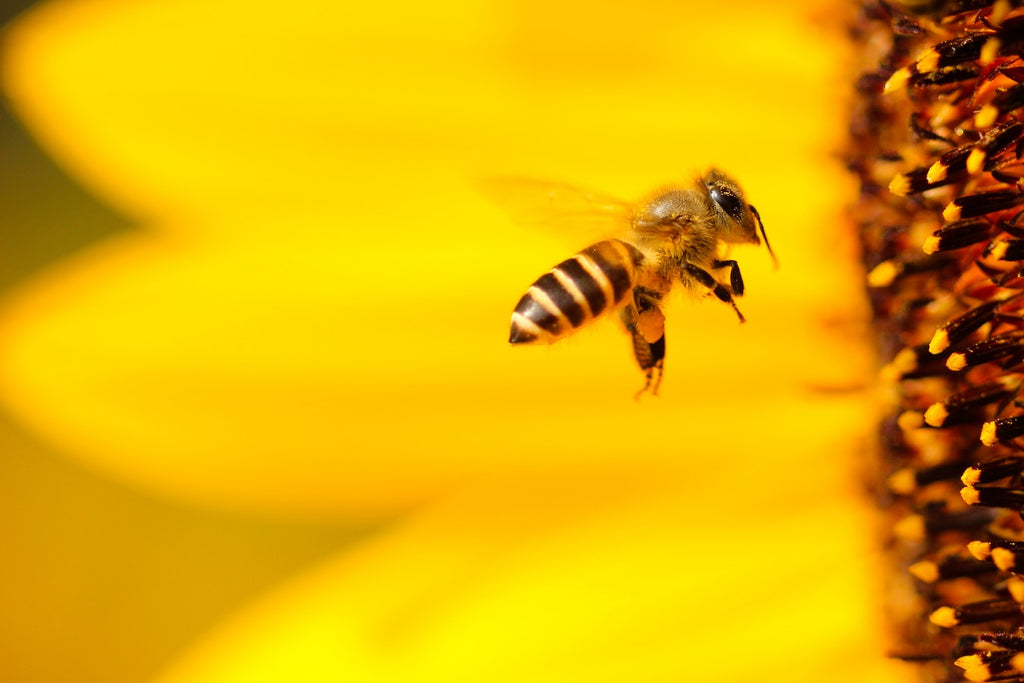The NOTEbook — scent spotlight
Scent Spotlight on: Lavender
In the Mediterranean, the Middle East, and India, a flowering plant of the mint family reigns supreme: lavender. For thousands of years, lavender has been regarded for its sweet floral fragrance, beauty, and versatility. Today, lavender grows throughout regions of Europe, Australian, New Zealand, North and South America. The flowers themselves enchant those who see them but its the fragrance that leaves a lasting memory. In ancient Greece and Rome, Lavender was used for religious ceremonies and its name is derived from the Latin “lavare”, meaning “to wash”. Romans used lavender to scent their baths, clothing, hair, and homes. Additionally,...
Spotlight on: Patchouli
fragrance facts scent spotlight
As a member of the mint family, patchouli brings a lovely earthy quality to so many fragrances. It comes in the form of a low, bushy shrub that grows natively in tropical regions throughout Southeast Asia. To distill its essential oil, the leaves are dried and then steamed to extract and distill a main chemical component - patchoulol - which often serves as a base in many perfumes. Patchouli itself has an incredibly interesting history. When textiles from India were shipped out across the sea in centuries past, dried patchouli leaves would be tucked in with the fabric to keep...
The Noteology Holiday Gift Guide
holidays scent spotlight shopping
At Noteology, celebrating the holiday season - for us - is about bringing our best together. We gather with our family and friends to share in laughter, tell stories, and be in the presence of pure love. We make recipes that have been passed down in our families for generations. We give gifts that bring out the spirit of the season. There is absolutely nothing like the holidays! There's also nothing better than receiving a gift that's locally made and locally loved at this special time of year. Each holiday season, Noteology takes time and care in selecting treasured gifts to...
Spotlight On: Honey
fragrance facts scent spotlight science of scent
Honey is one of nature’s most incredible and versatile gifts. Throughout history, honey has been used in a variety of ways, ranging from nourishing skin treatment to delicious natural sweetener. Stored in wax structures called honeycombs, honey is produced by honey bees and gets its distinctive flavor and sweetness from the sugary plant nectars of the flowers the bees frequent. Honey can vary in color and flavor, depending on the plants it was sourced from. Some of the most common varieties include orange blossom, lavender, clover, buckwheat, wildflower, and manuka. Honey has been used for thousands of years - in...
Spotlight On: Bergamot
Who could have ever predicted that a yellow green fruit about the size of an orange with a bitter taste would become one of the most popular and distinctive fragrance notes? A cross between a bitter orange and a lemon, bergamot is a citrus fruit named after the Italian city of Bergamo, in which its oil was first sold. Today, it is cultivated in the southern party of Italy, as well as in parts of South America, with the Italian bergamot being prized for its quality. The use of bergamot spans across Europe and Asia. The fruit isn’t often eaten...





